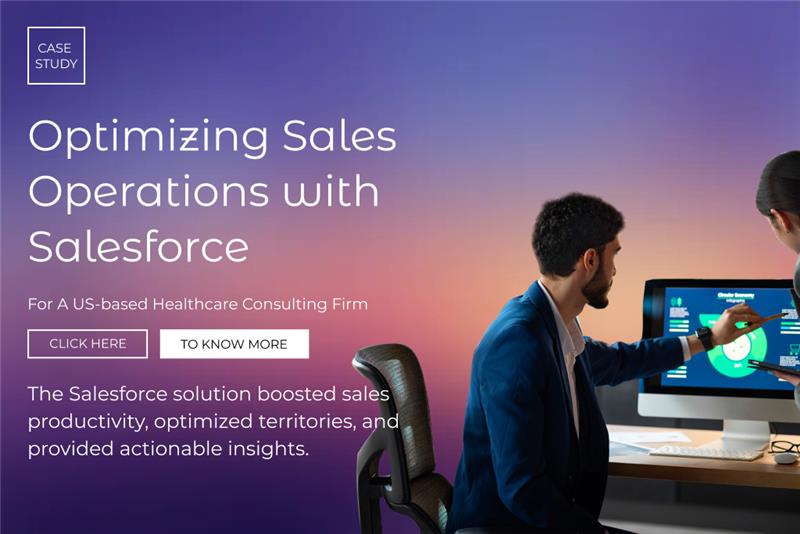
Project OVERVIEW
Health Level-7 (HL7) Translation gateway – the healthcare industry.
A Health level-7 (HL7) translation gateway is an interface or translation engine built specifically for the healthcare industry. It connects legacy systems by using a standard messaging protocol.
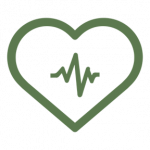
THE SCENARIO
With the recent advancement in technologies and the advent of EHR/EMR supported by HL7, there is a huge transformation in the healthcare sector and collaboration of these services through ICT, but the problem arises when hospitals and other healthcare providers usually have different systems for different aspects of services, they are often unable to communicate with each other. HL7 gets around that problem by providing the framework for the exchange, integration, sharing, and retrieval of electronic health information. These standards are the most commonly used throughout the world.
TECHNICAL FEASIBILITY
Health Level-7 or HL7 refers to a set of international standards for the transfer of clinical and administrative data between software applications used by various healthcare providers. These standards focus on the application layer, which is “layer 7” in the OSI model.
HL7 International specifies the number of flexible standards, guidelines, and methodologies by which various healthcare systems can communicate with each other.
The HL7 standards are produced by the Health Level Seven International, an international standards organization, and are adopted by other standards issuing bodies such as American National Standards Institute and International Organization for Standardization.
Healthcare providers such as hospitals usually have different systems for different aspects of services; they often are not able to communicate with each other. Our clients were looking for a system for the exchange, integration, sharing, and retrieval of electronic health information available in different formats & standards into a common unique standard that is most commonly used & accepted throughout the world.
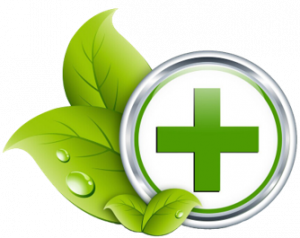
The Solution
Emorphis designed, developed, and deployed a Translation Gateway by using an HL7 interface engine for our client and they realized the benefits and upgrade of existing legacy information systems without major re-investment in new technologies, lowering costs and extending the life and efficiencies of current systems. HL7 translation engines are software that works as a go-between for different systems. They monitor different types of interfaces and communication points and perform actions according to rules defined by the organization.
Data standards are meant to allow healthcare organizations to easily share clinical information. Theoretically, this ability to exchange information should help to minimize the tendency for medical care to be geographically isolated and highly variable.
HL7 works with several standards (Conceptual Standards, Document Standards, Application Standards, and Messaging Standards). Messaging standards define how information is packaged and communicated from one system to another.
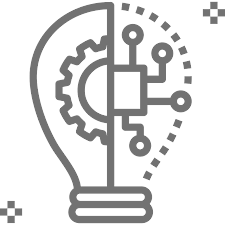
APPLICATION BENEFITS
HL7 Translation Gateway is based on communication between two parties. The main objective of the project is to provide a translation service with different formats like XML, JSON to HL7 format standards, and Vice-Versa.
HL7 International considers the following standards to be its primary standards – those standards that are most commonly used and implemented:
- Version 2. x Messaging Standard – an interoperability specification for health and medical transactions
- Version 3 Messaging Standard – an interoperability specification for health and medical transactions
- Clinical Document Architecture (CDA) – an exchange model for clinical documents, based on HL7 Version 3
- Continuity of Care Document (CCD) – a US specification for the exchange of medical summaries, based on CDA.
- Structured Product Labelling (SPL) – the published information that accompanies a medicine, based on HL7 Version 3.
- Clinical Context Object Workgroup (CCOW) – an interoperability specification for the visual integration of user applications.
TECHNOLOGY
- JDK 1.6.0 (Java Environment)
- PostgreSQL 8.4
- XML
- XSLT
- HAPI API
- JDBC
- HL7 guideline document
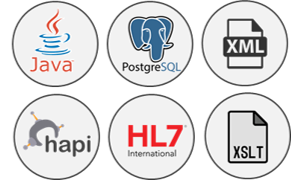
About Emorphis
Emorphis Technologies is a world-class software development and solutions company that truly believes in “Innovation in motion”. Delivery innovation on the go at an accelerated pace has been our success mantra to date. Over the years we have provided value to our clients in the field of enterprise mobility, cloud, IoT, backend development, Big Data Analytics, and BlockChain.
We serve industries ranging from unicorns, and startups to large multinationals in the healthcare, telecommunications, fintech, retail, and publishing industry. Our go-to-market software products – iStatement, iPublisher, and iBuggy have proved our metal with positive beneficial customer testimonials. We help our clients with successful product development, consulting services, and testing (manual & automated).
We have profound experience & expertise in various technologies like .Net, J2EE, PHP, iOS, Android, and Cloud Computing viz. Amazon Web services (AWS), Software QA & testing (Manual & Automation). Our designed products are cloud-ready and can be readily deployed on AWS/Azure cloud infrastructure.
Our pivot on engineering innovation and R&D helps quicken time-to-market, ensuring high quality at economies of scale, delivering cult competency for the global marketplace. We ensure that your ideas, concepts, and requirements are backed by brilliant execution at our end. Having said that we extend end-to-end ownership of product/application design, development, and deployment.
